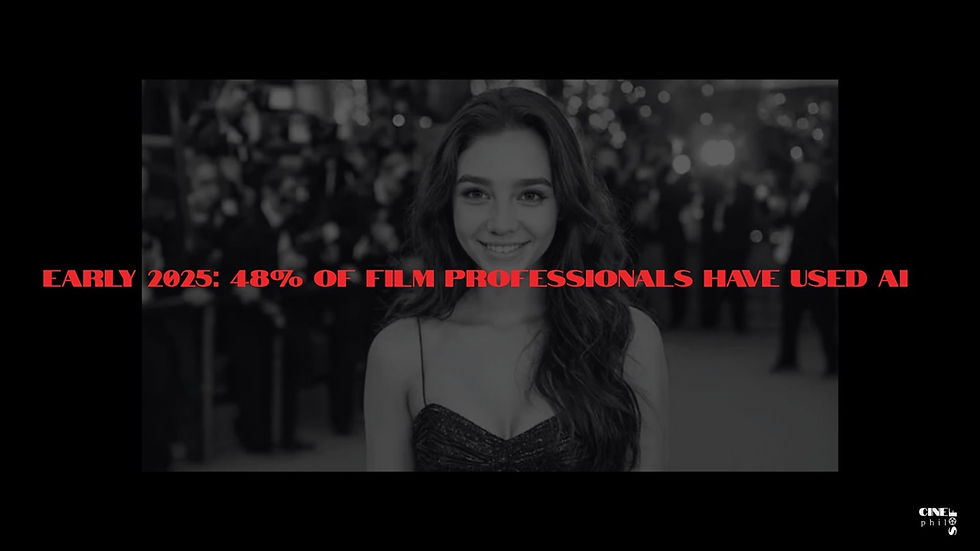Feminism, Fury and Funny: Miranda and Fleabag’s Fearless Female Front
- Sofia R. Willcox

- Oct 9, 2024
- 4 min read
What happens when a quirky sitcom meets a bold dramedy? The answer lies in the powerful narratives of Miranda and Fleabag. While Miranda tickles our funny bone with its slapstick charm, Fleabag slams us with gut-wrenching honesty—together, they revolutionize how we view women's experiences in the world of British television.
Miranda (2009-2015) and Fleabag (2016-2019) may seem worlds apart at first glance—one a light-hearted sitcom bursting with quirky humour, the other a poignant dramedy that boldly dismantles societal norms. Yet, a closer examination reveals their interconnectedness. With its endearing charm and relatable awkwardness, Miranda paved the way for Fleabag’s audacious exploration of the complexities of modern womanhood. Each series invites us to reflect on the narratives we construct around female identity and the humour that emerges from our shared vulnerabilities.
My first encounter with Fleabag could have been in a media studies class, a glowing recommendation from a best friend, or perhaps the buzz surrounding its ending that captivated many. In contrast, Miranda held a special place as the comfort show of my Welsh roommate, whose laughter echoed through our shared flat.
Miranda set the stage for Fleabag to take the spotlight, thanks to its international success, while remaining a beloved national treasure. It’s significant to note its achievements regarding the female gaze, breaking the fourth wall, and relatability.
Miranda honoured the British tradition of breaking the fourth wall in comedy, much like Morecambe and Wise (1941-1984) and The Two Ronnies (1971-1987). However, it equalized that for women by using physical comedy, slapstick elements, and self-deprecating humour. Miranda not only entertained but also fostered the female gaze, creating space for women to express their desires, flaws, and triumphs without shame while embracing their quirks and imperfections.
Miranda didn’t conform to the beauty standards of the 2000s, often dubbed the "queen of uncool" on television. Yet, her priority was always on being funny and having fun, rather than fitting into a mold of sexiness or chasing a boyfriend. While the series sometimes placed Miranda in the role of the punchline, with friends and family often mocking her size and social awkwardness, she never allowed this to hold her back. Time and again, she stood up for herself, fiercely defending her right to be unapologetically herself and enjoy every moment. Her storyline, eccentric personality, and situational moments create a connection with her audience.
Despite revolutionizing the British media landscape in the 2000s alongside Gavin & Stacey (2007-2024) and Absolutely Fabulous (1992–2012) as a quirky, everywoman-driven comedy, Miranda struggles with issues that haven’t aged well. Its lack of diversity, jokes about transvestism, and stereotypes regarding immigrants and working-class individuals highlight aspects of the show that feel outdated and problematic today. As an immigrant and a Generation Z political activist, I find that while these barriers are evident, the series still resonates through experiences and feelings.
This scenario paved the way for the trending genre of dramedy, where humour and drama coexist in a delicate balance, allowing for deeper exploration of complex characters and their emotions. Enter Fleabag, a show that took this concept to new heights and innovated the use of the fourth wall. Fleabag’s breaking of the fourth wall goes beyond just accessing the protagonist’s thoughts and emotions; it introduces the idea of another character being aware of this interaction, turning the camera into a tool for vulnerability and authenticity, creating a bridge between characters and viewers.
This added depth, paired with a nuanced exploration of the female experience, blends feminism, love, loss, family dynamics, friendship, and self-esteem. It also addresses taboo subjects like grief, infidelity, and mental health with brutal honesty.
Fleabag added layers of complexity to female characters, defying traditional gender norms and rejecting the stereotypical portrayal of women in television. It revolutionized the female gaze with its nameless male characters, some of whom served the plot but were mostly relegated to the periphery, rejecting the typical focus on male characters in the narrative. The show offered a nuanced representation of relationships too.
Waller-Bridge’s sharp wit and clever dialogue balanced comedic moments with poignant, emotional scenes. It stood out for its backdrop of social commentary on mental health (self-sabotage), nihilistic feminism, and class. Beyond that, Fleabag also altered the portrayal of female anger, which is usually reduced to PMS, hysteria, or victimhood. Instead, Fleabag portrayed it in a raw, authentic way that resonated with contemporary audiences. In contrast, Miranda can sometimes feel shallow and childish, despite its groundbreaking moments.
However, despite its revolutionary approach, Fleabag’s cast is predominantly white, and it doesn’t fully explore the range of diversity. This limitation can’t be overlooked, many times blocks the full link with the character. This limitation is particularly significant to me as an immigrant. However, both shows transcend their limitations through universal experiences and emotions, fostering connections that resonate with a broader audience.
Both Miranda and Fleabag have left an immense cultural footprint. Each, in its way, has reshaped the conversation around female representation on television. These approaches make me wonder what’s coming next. What will the next generation of shows do to further expand, complicate, or redefine what it means to be a woman on screen? There are different roots to explore, but it’s important to revere these pioneers whose bold storytelling paved the way for more inclusive, diverse narratives regarding women.




Comments